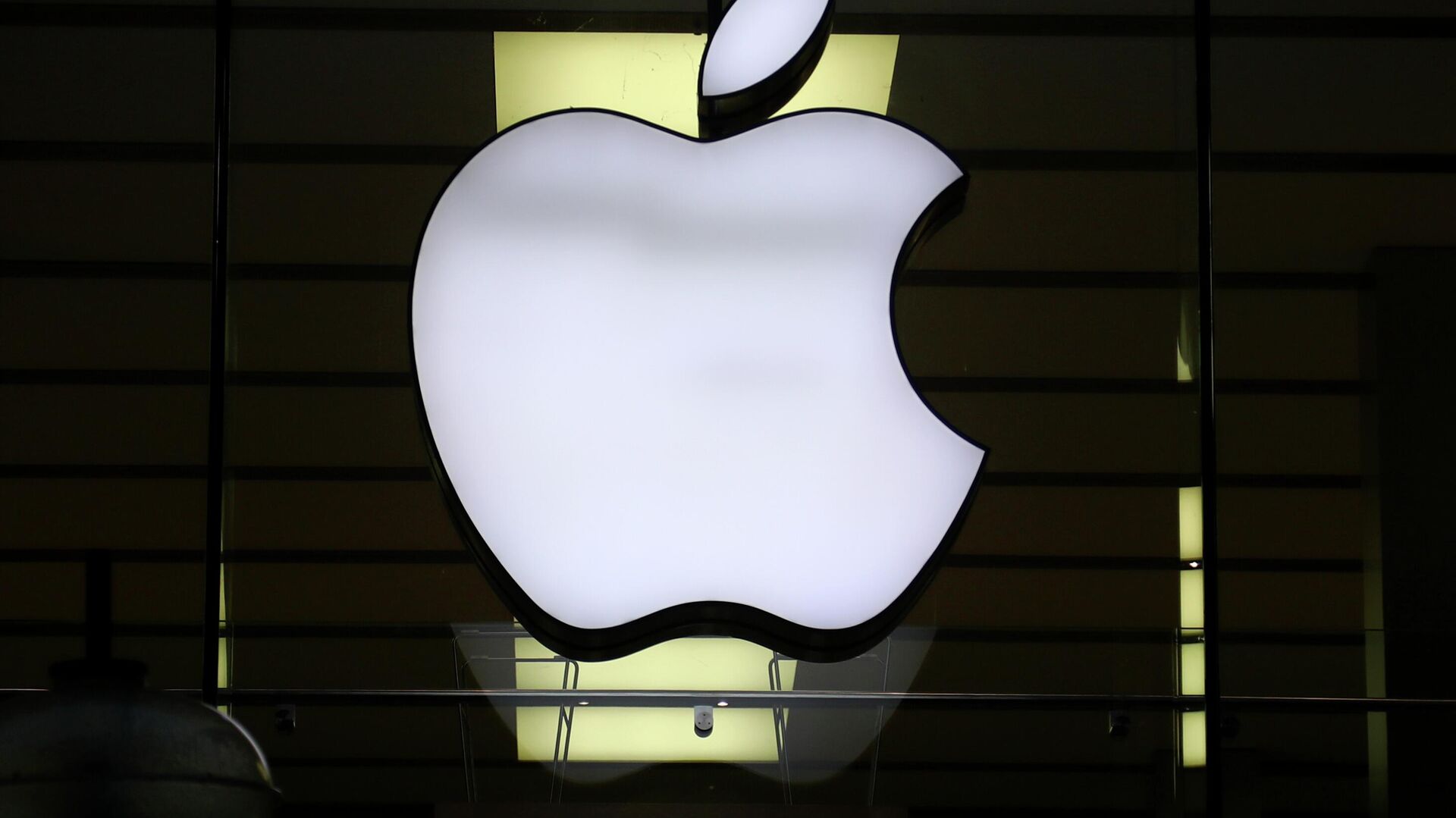Apple continues to ride high in India, making waves with record-breaking performance in the September quarter. The flagship product, the iPhone, earned a special round of applause from Indian consumers, helping Apple achieve unprecedented sales growth in the country. This announcement was backed by none other than Apple CEO Tim Cook himself, who expressed excitement over the Indian market’s enthusiasm. “We set an all-time revenue record in India,” he shared, confirming India’s role as a hotbed for Apple’s growing success.
The Indian Surge, How iPhones Lead the Pack
India’s iPhone love story seems to be hitting a high note, with Apple products setting new sales records. Leading the charge were the recent iPhone 15 and iPhone 14 series, capturing the attention of many first-time buyers and upgraders.
According to the research firm CMR, the iPhone 15 series alone accounted for 53% of Apple’s shipments this past quarter. Even older models had a strong showing, proving that Apple’s presence in India isn’t just about the latest and greatest; there’s a growing appetite for quality across price ranges.
But it wasn’t just iPhones that brought in record numbers. iPads also turned in a strong performance, contributing to a global revenue bump of 8% for the segment. The success of both legacy and newer models indicates a diverse user base in India, one that values both premium devices and established, reliable ones.
Apple’s Ambitious Plans
To capitalize on this success and better connect with Indian customers, Apple is gearing up to open four new flagship stores across major cities. These stores will not only boost its brand presence but also give users an immersive, hands-on experience with the latest Apple devices.
The timing couldn’t be more perfect. India is embracing premium devices more than ever, with the smartphone market tilting toward high-end models—an ideal setup for Apple to make its mark.

Breaking Down the Numbers
Globally, Apple’s September-quarter numbers were nothing short of impressive.
Total revenue hit $94.9 billion, up by 6% year-over-year. A significant portion of that, nearly $70 billion, came from product sales alone. The iPhone lineup contributed the lion’s share, pulling in $46.2 billion—a 6% rise from the previous year. And though the latest iPhone 16 model only launched recently, it already seems to be generating strong buzz worldwide.
Other product categories had mixed results.
Mac revenue saw modest growth of 2%, totaling $7.7 billion, while iPad revenue grew by 8%, reaching $7 billion. However, wearables and accessories saw a slight dip, despite Apple’s recent release of the Watch Series 10. This area still brought in a substantial $9 billion in revenue, demonstrating steady demand even amid minor declines.
A Standout Quarter for Services
Apple’s services segment, covering everything from iCloud to Apple Music, proved to be a powerhouse this quarter, reaching an all-time high of $25 billion—a remarkable 12% jump from the previous year.
The surge in service revenue isn’t just a bump in the numbers; it is indicative of how well Apple is managing to diversify beyond hardware sales. The only blip was a one-time cost of $10.2 billion linked to a long-standing tax case in Ireland, but that didn’t detract from the record-breaking performance.
The Road Ahead With India as a Key Market
Industry analysts have their eyes on Apple’s future in India. Counterpoint Research estimates that Apple’s revenue from India could grow by 18% in 2024, climbing from $8 billion in 2023 and potentially surpassing the $10 billion mark by 2025. Much of this growth will likely come from increased demand for premium iPhone models. This projection, combined with the planned new retail stores, reflects Apple’s confidence in India’s appetite for its products.
Apple’s Shift Away from China Boosted Its Success
Apple’s strategy to diversify production away from China is paying dividends, especially in India. With significant gains in the Indian market, Apple has seen iPhone sales soar, driven by a mix of local manufacturing, streamlined supply chains, and a robust retail strategy.
This approach is part of Apple’s broader “China Plus One” policy, which has reduced its dependency on China for manufacturing, creating more flexibility and resilience in its supply chain.
The numbers tell the story best: iPhone sales in India jumped a massive 55% in the September quarter compared to last year, reaching over 3.3 million units sold. This growth, far outpacing the Indian smartphone market’s 7% overall increase, has secured Apple a 22% market share in terms of value, second only to Samsung, according to Counterpoint Research.
Part of this success is due to Apple’s ability to quickly fulfill pre-orders, thanks to its diversified production model that includes India. Analyst Chiew Le Xuan from Canalys noted that producing iPhones locally has allowed Apple to reduce lead times, get products in customers’ hands faster, and keep prices competitive. This move has positioned Apple to capture demand across both high-end and midrange segments.
In response to this record-breaking growth, Apple is expanding its physical presence in India. CEO Tim Cook recently confirmed that Apple will open four new flagship stores, with two additional locations in Mumbai and Delhi and brand-new stores in Pune and Bengaluru. As Cook put it, “We can’t wait to bring four new stores to customers in India.” This expansion aims to provide a deeper, more immersive experience for Apple’s Indian fans and foster an even stronger connection between Apple and its rapidly growing customer base.

How Apple’s Strategy Paid Off
Apple’s strategic shift to diversify production is deeply rooted in the changing dynamics of global supply chains. China, long considered the manufacturing hub of the world, has faced increasing challenges due to geopolitical issues and strict COVID lockdowns.
The trade tensions that started in 2018 with former President Trump’s tariffs added an extra layer of risk to China’s role in global supply chains. Apple felt these risks acutely during China’s COVID-zero lockdowns in 2022, which disrupted iPhone production, leading the tech giant to accelerate its diversification plans.
This diversification strategy, has led Apple to expand its production capabilities in countries like India and Vietnam. By manufacturing previous-generation iPhones, including the iPhone 13 and iPhone 15, in India, Apple has not only strengthened its local supply but also met rising demand in Western markets through improved channel shipments. This move allowed Apple to increase its presence in the US and Europe by offering high-quality midrange options, attracting both loyal and new customers in those regions.
The Bigger Picture
While Apple’s Chinese operations remain vital, especially in affluent “urban China” markets, the company is feeling the pressure from local giants like Huawei and Xiaomi, which are competing aggressively for market share.
Apple’s revenue from Greater China fell 7.7% in fiscal year 2024, totaling $66.9 billion compared to $72.5 billion the year before. This minor drop reflects Apple’s delicate balancing act in a maturing Chinese market where local players are making headway.
Despite these challenges in China, Apple’s overall strategy to reduce its reliance on a single manufacturing region has given it a more adaptable and diversified production framework. In India, Apple has not only reduced lead times and enhanced product availability but also managed to cut costs, allowing it to pass some of those savings onto consumers.
Capitalizing on a Premiumization Trend in India
India’s smartphone market is seeing a noticeable trend toward premium devices, and Apple’s decision to produce high-demand models like the iPhone 13 and iPhone 15 domestically has positioned it well within this shift.
The company has been able to broaden its reach by expanding into smaller cities, driving significant growth across regions with both older and newer models, according to research analyst Prachir Singh. Demand for Apple’s iPhone 15 and iPhone 16 models is expected to remain strong, supporting Apple’s continued dominance.
Apple’s shift away from a China-centric manufacturing model has transformed India into a key pillar of its global strategy. This move is about more than just risk mitigation; it’s about securing Apple’s place in a growing market where demand for premium technology continues to climb.
Hence, the four upcoming stores represent more than just additional retail space—they signify Apple’s growing commitment to India and its determination to provide an unmatched experience for its users.
Snapshot
In a world where global supply chains are increasingly complex, Apple’s China Plus One strategy could set the standard for other tech giants.
It’s clear that Apple’s strategy to double down on India is paying off, and the numbers tell a compelling story. The iPhone has not only captivated the Indian market but also brought Apple a new level of revenue, making India a crucial part of its global success. For Indian consumers, this expanding retail footprint means more opportunities to engage with Apple products directly and participate in the brand’s ecosystem.
With a strong quarter and new flagship stores on the horizon, it seems Apple’s Indian journey is just beginning. As the premiumization trend in smartphones gathers pace, Apple’s investments here could very well lay the foundation for even greater success in the years to come.









